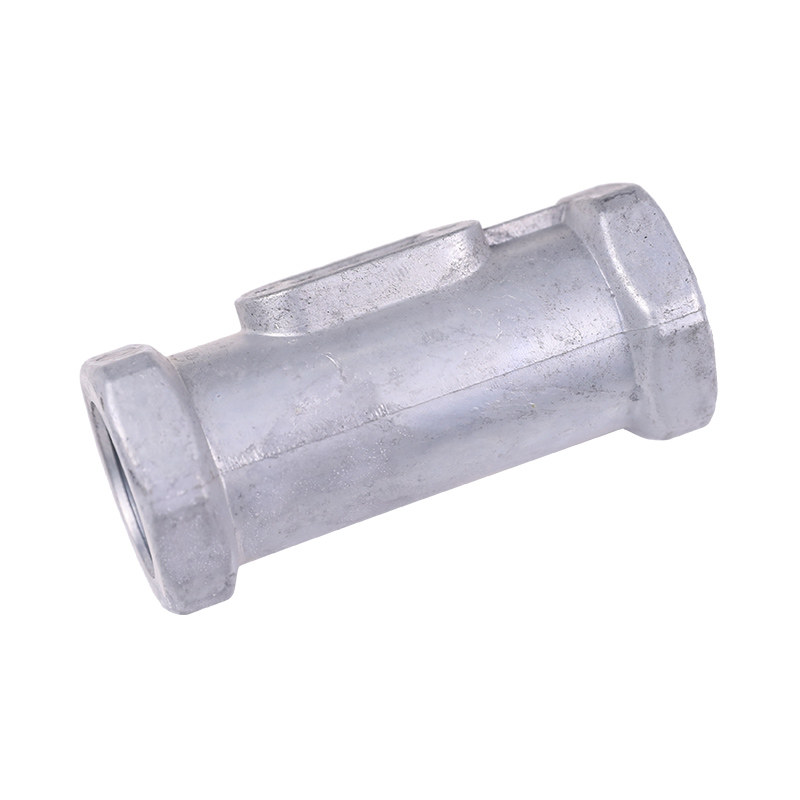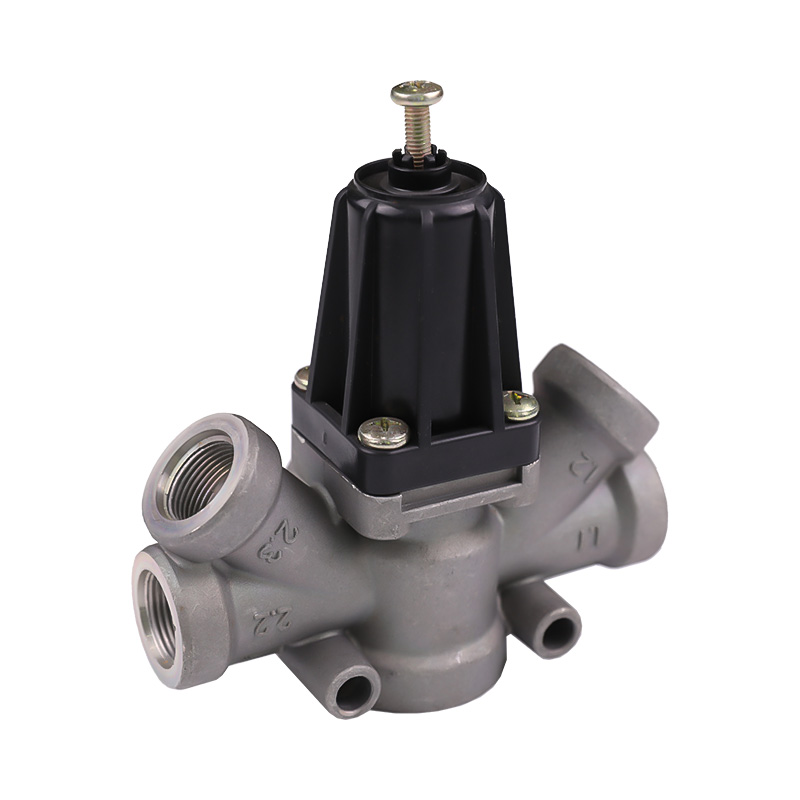In the automobile braking system, the parking release valve is an indispensable key component, and its structural characteristics directly affect the performance and reliability of the parking brake. This small valve undertakes an important task. In order to ensure that it can work stably for a long time, the design of the parking release valve must also be very precise.
The valve body of the parking release valve is made of high-strength materials, such as high-quality alloy steel or aluminum alloy. This material not only has excellent pressure resistance and impact resistance, but also effectively resists corrosive substances in the brake fluid, ensuring that the valve can still maintain good working condition during long-term use. At the same time, the internal structure of the valve body is reasonably designed and the flow channel is smooth, which reduces the flow resistance of the brake fluid and improves the response speed of the braking system.
The spool of the parking release valve is a key component in controlling the flow of brake fluid. The valve core is made of wear-resistant material and precision machined to ensure a tight fit with the valve seat. The design of the valve core can accurately respond to the actions of the control mechanism and quickly change the opening state of the valve. At the same time, the valve core has excellent sealing performance, which can effectively prevent brake fluid leakage and ensure the stability and safety of the braking system.
The parking release valve is also equipped with high-precision seals, such as O-rings, sealing gaskets, etc. These seals are made of high-quality elastic materials with good sealing performance and corrosion resistance. They are installed in key parts of the valve, such as between the valve core and the valve seat, the connection between the valve body and the pipe, etc., to effectively prevent brake fluid leakage and ensure the normal operation of the braking system.
The spring of the parking release valve also plays an important role. It provides the necessary preload to ensure that the valve remains closed in its default state. The design of the spring needs to consider factors such as its elastic coefficient, fatigue resistance, and dimensional accuracy to ensure that it can work stably for a long time.






